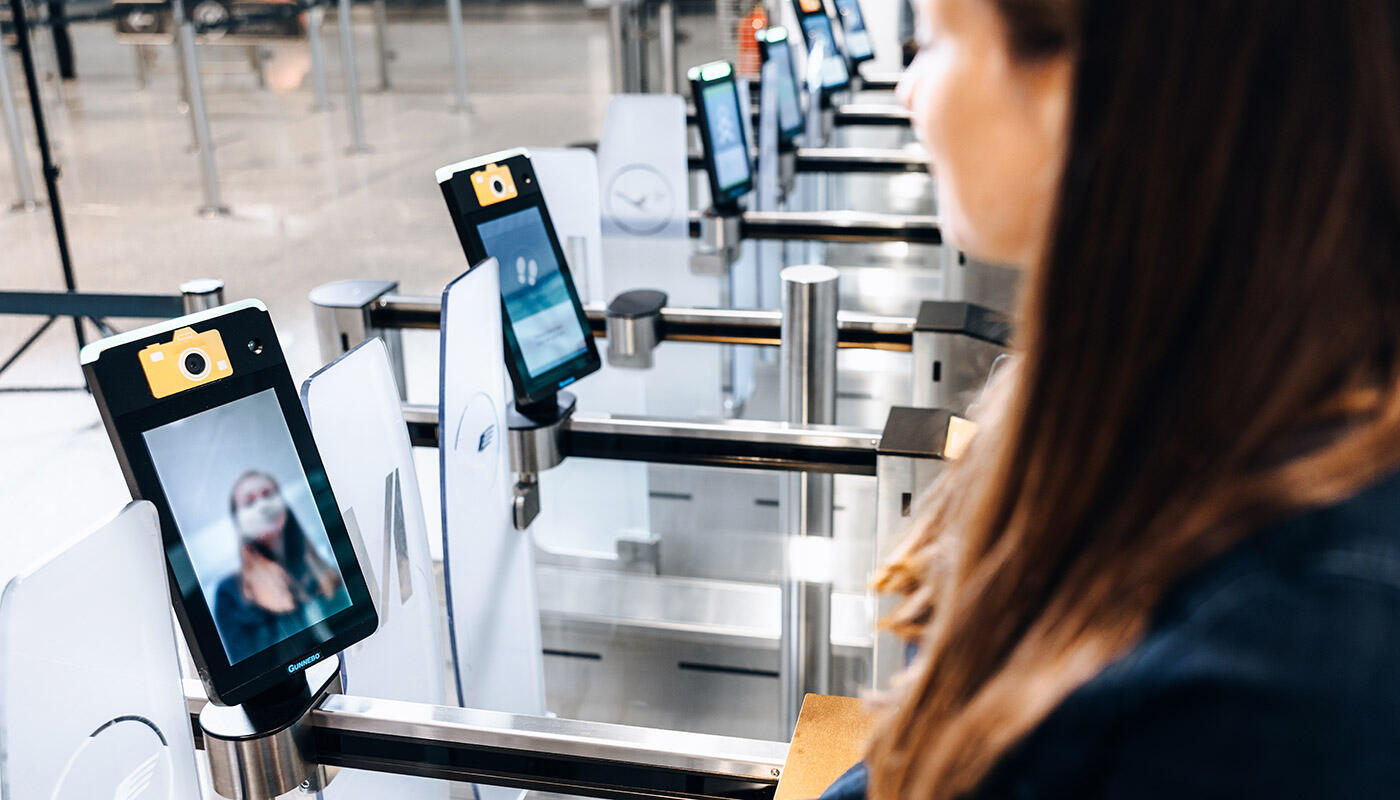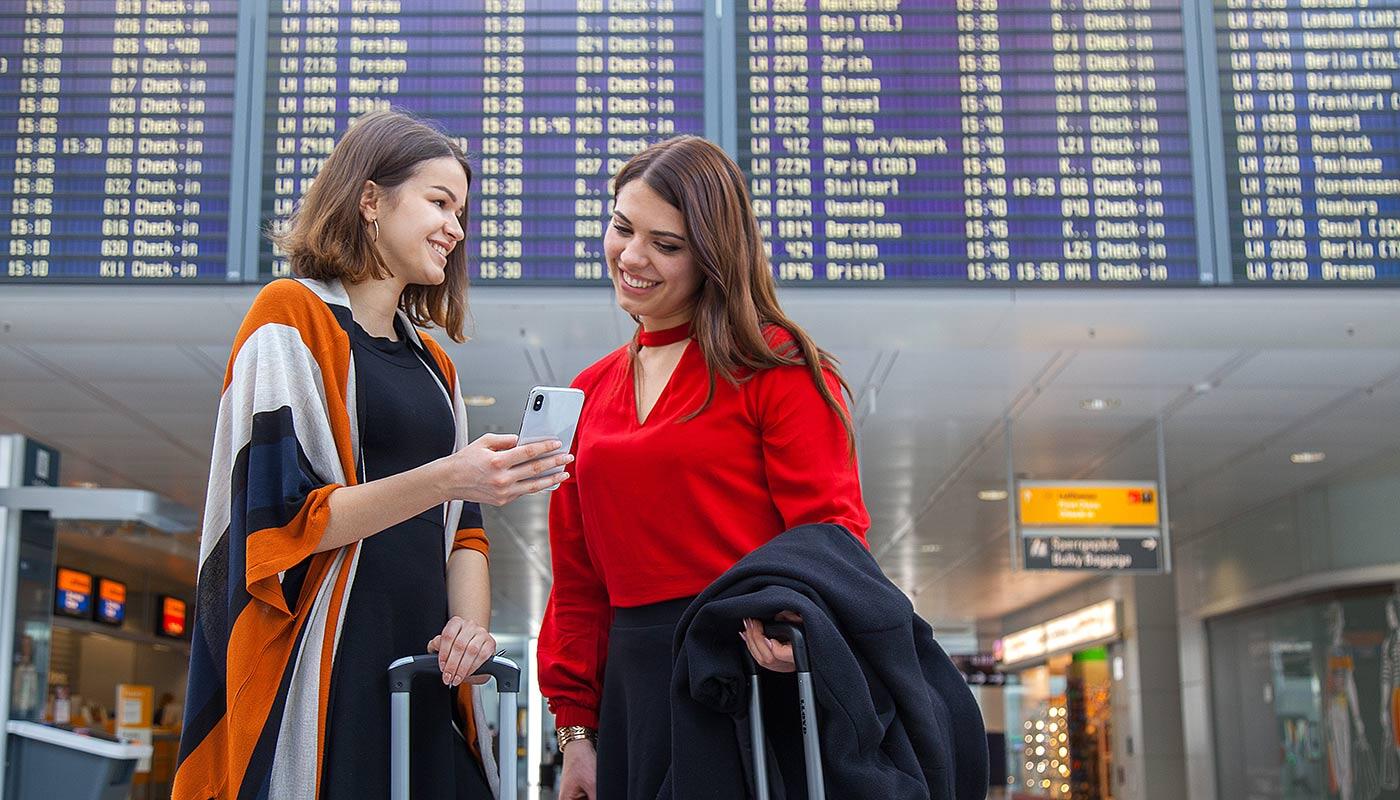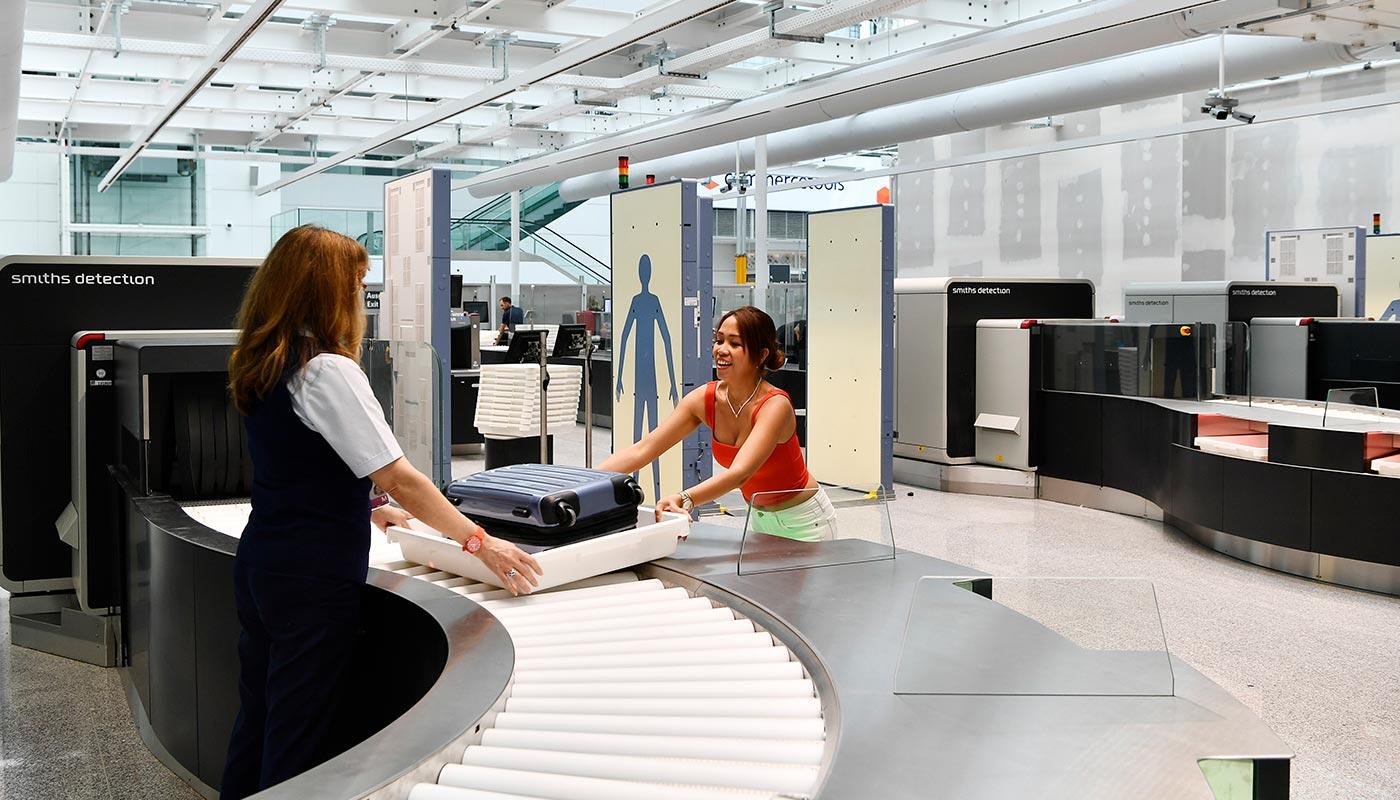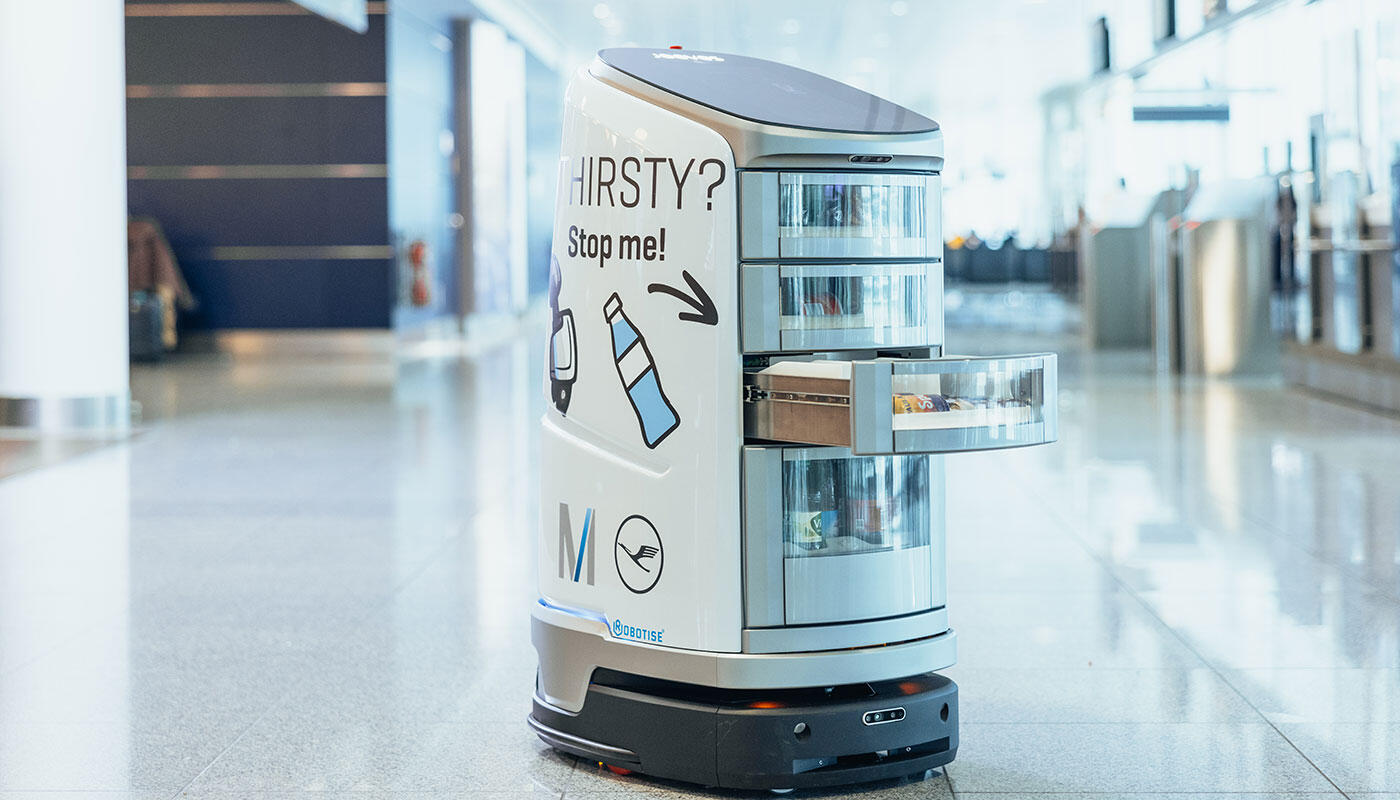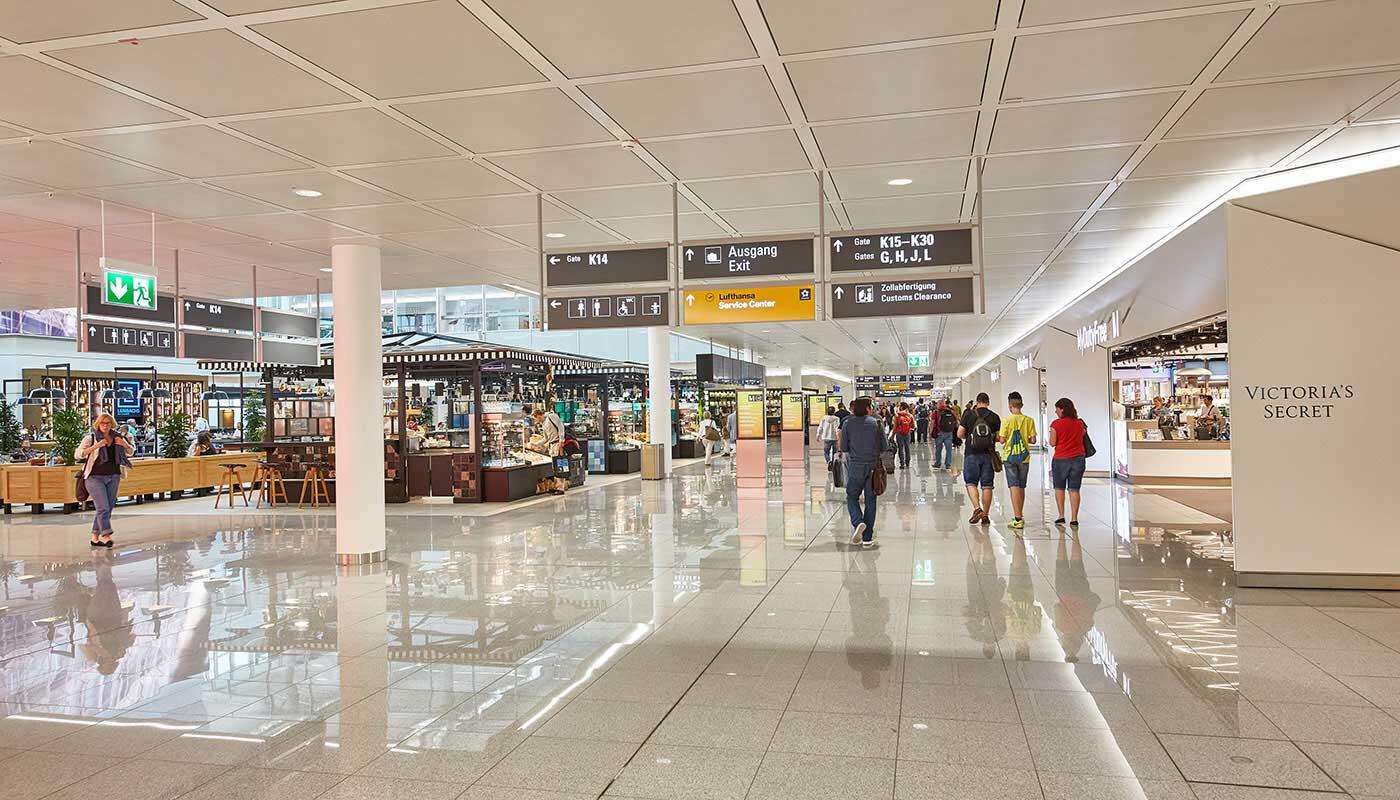The aviation industry is continually evolving, and airports worldwide are at the forefront of enhancing the passenger experience. As technology advances and passenger expectations rise, airports are adopting innovative solutions to make travel more seamless, efficient, and enjoyable, thus offering a travel experience beyond expectations to their passengers.
Through our many international projects as a global airport consultant, we see several trends that have emerged in recent years and are continuously gaining importance. These trends either focus on increasing efficiency or on offering unique experiences to passengers.
Here are some of the current trends shaping the passenger experience at airports globally:
